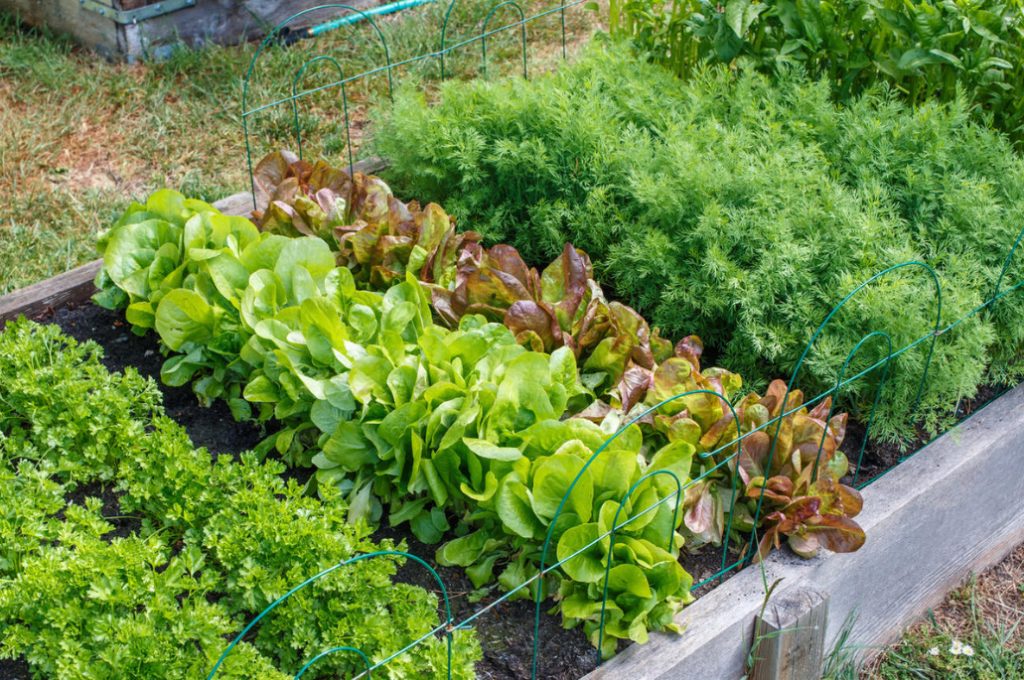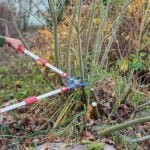In the rash arrangement of beds, paths, and water sources, a gigantic amount of bad work is hidden. Double! Unfortunately, most suburban areas are not characterized by rational planning, and their owners year after year spend most of their efforts in vain. We also offer you 10 basic rules of the garden, following which you will make it as convenient and effective as possible.
1. Zone landings
A very important principle! The more attention a culture requires, the closer it should sit to you. Vegetables will thank you for being visible from the kitchen window. It’s true! And they will be especially happy if there is a watering source nearby. Walking on paths, carrying buckets or a hose is tedious and uncreative work. In addition — it is very heavy. And if you are tired, sick, old, or sad at heart? The further you drag, the less interest… Hence the law: watering the most distant beds is always postponed for later.
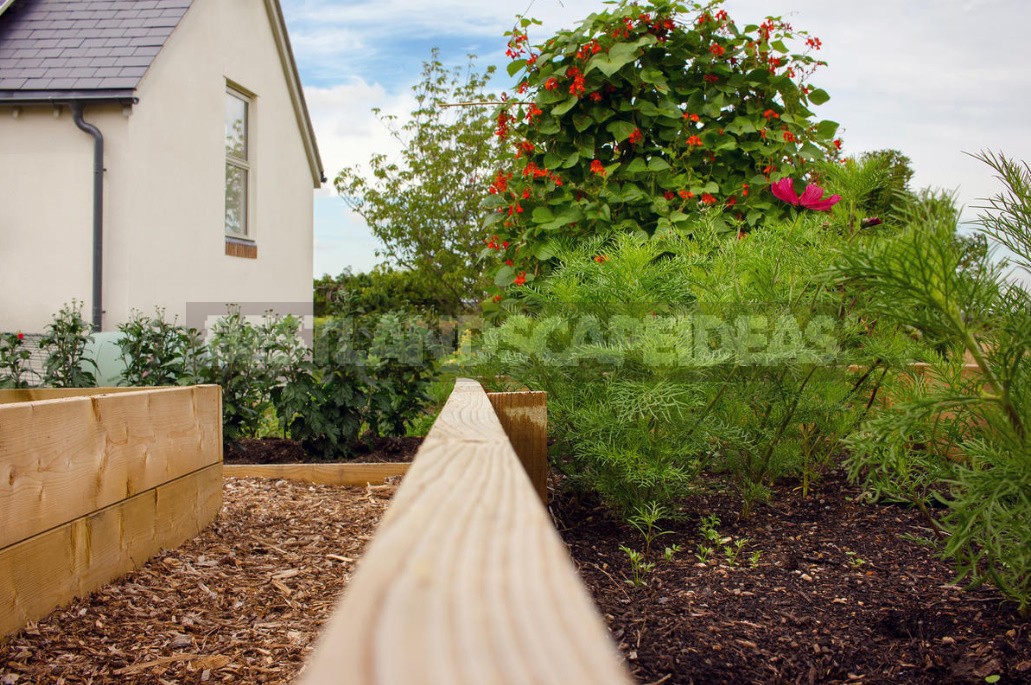
In General, if the beds are somewhere in the back, behind trees and bushes, we somehow do not take them seriously. Even if they are connected to the irrigation pipe. No wonder they say: out of sight — out of mind! Except for the most restless enthusiasts, we are all so arranged. Do not scold yourself, but outwit: place the vegetables that require special care, almost close to the house, and those that need you less-away.
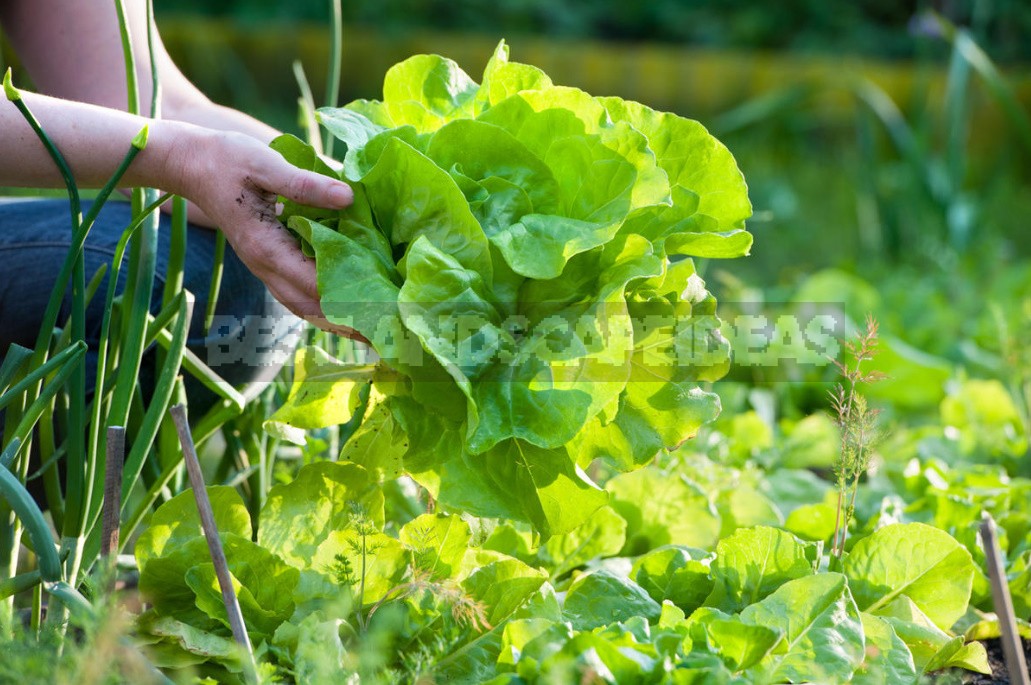
The closest spring will be radishes and salads; a greenhouse with seedlings-almost at the door; here are beds with cucumbers, tomatoes and herbs. And the water is here. Away — root vegetables, peppers and eggplants, cabbage and beans. Even further — perennials, pumpkins and potatoes, but it is desirable to carry out watering there. At the very back is a garden. Even on a separate bed, try to plant closer what requires more participation and work!
2. Nothing bears fruit in the shade
Almost all vegetables need direct and constant lighting. Even with the southern sun in the partial shade of rare tree crowns, they reduce the yield by 2-3 times. It’s better to break a lawn with flowers here! It makes sense to let cucumbers on trees with a sparse crown: in the South they like partial shade, are less ill and almost do not take up space. In partial shade, you can plant rhubarb, sorrel, garlic, leaf salads, and spring onions. But nightshade (tomatoes, peppers, eggplant), pumpkins, zucchini and zucchini, cruciferous (radishes, cabbage and beans) do not tolerate shading. Strawberries also bear poor fruit in partial shade.
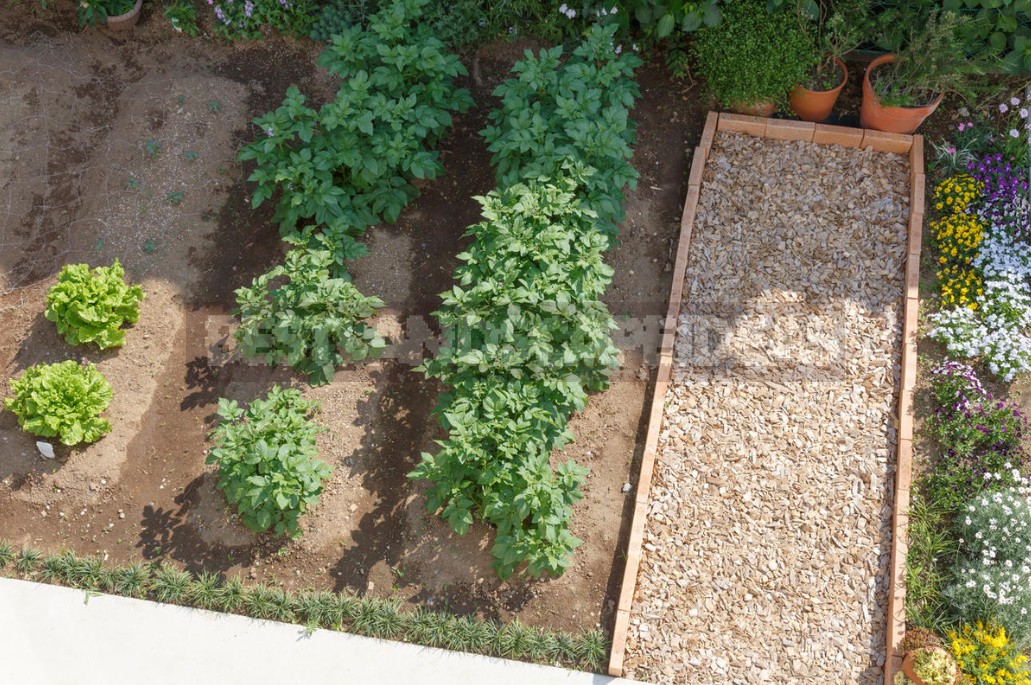
3. Arrange all the beds with maximum light
All beds, as well as trellises and frames should be placed taking into account the maximum illumination. If the trellis is in the center of the bed, it should be located North-South, otherwise only the illuminated side of the bed will work, and the entire shaded half will suffer. If the trellis is near a wall or fence, let it stretch East-West. Then all the plants will catch the maximum of the sun.
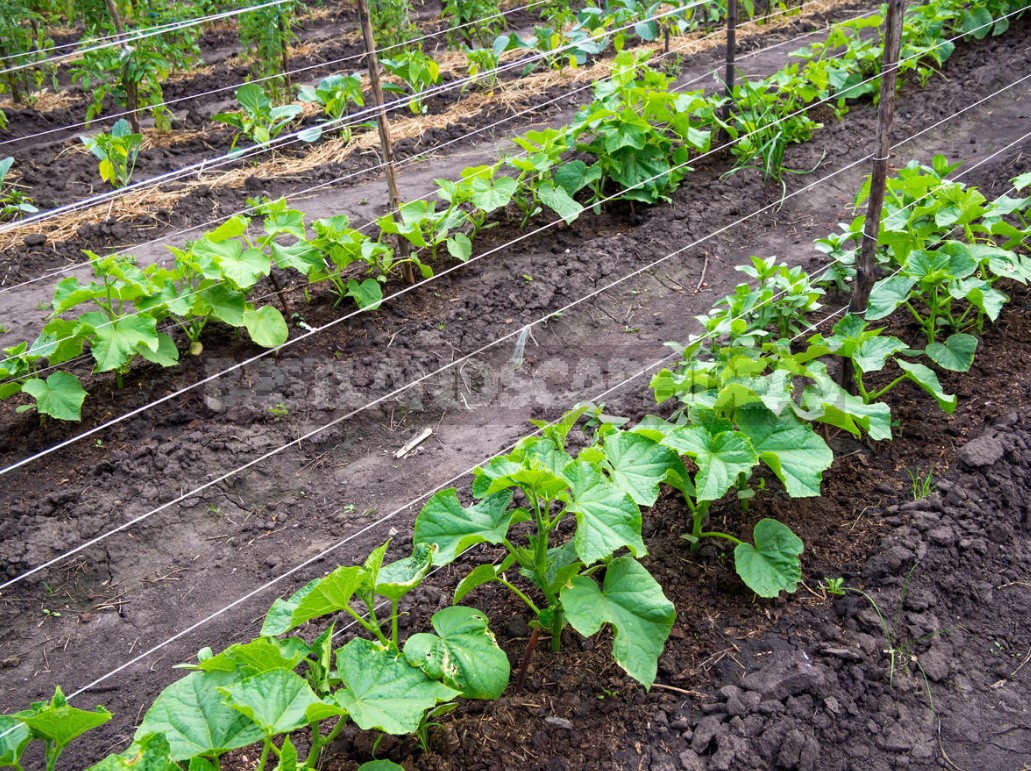
Narrow beds are good because they stretch the inhabited area in length. A square meter is both a meter square and a ten-meter strip with a width of 10 cm! We are looking at a two-meter wide strip of 50 cm.. You can imagine a four-meter wide strip of 25 cm, and such a “square meter” can be even more productive — of course, with good watering, nutrition and wide aisles.
4. Make the beds stationary
You constantly add organic matter and fertilizers to the stationary bed. This is where you water. You never walk on it, which means you don’t condense the earth. Only this small area has to be weeded, and every year less and less. It makes more sense to improve a specific place, saving energy! And this is not the only advantage of stationary beds. You can lift them and save them from waterlogging. Can be tiled paths, and to do so beautifully is to associate the garden with flower beds. Finally, getting used to the same pattern of beds, you will quickly learn to calculate and predict the behavior of your plantings.
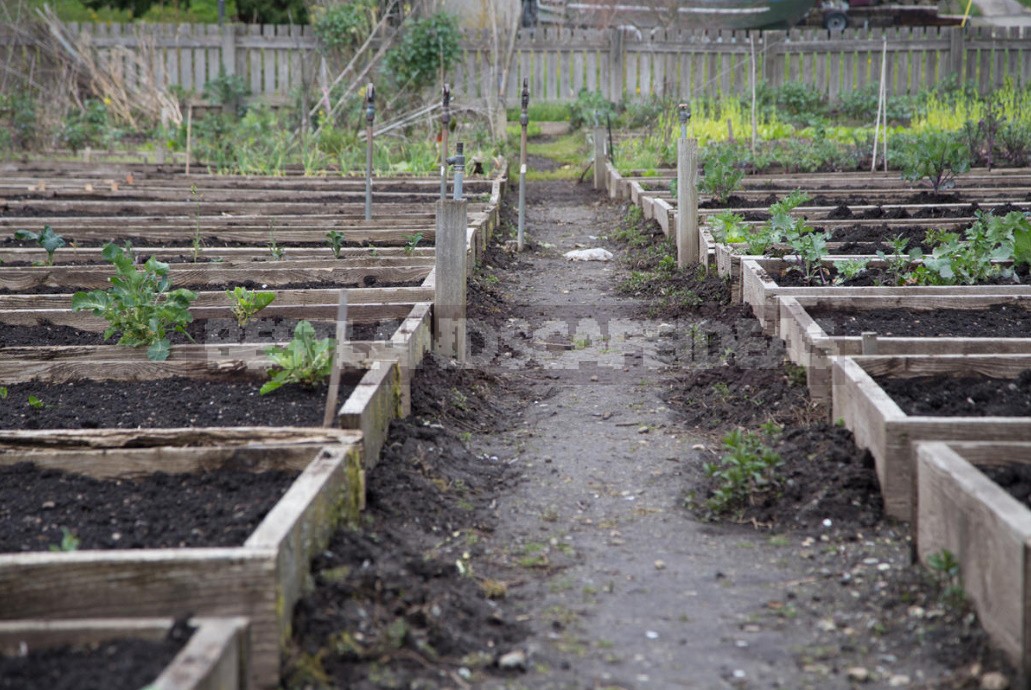
And if you get tired of the monotony, often change the set of crops, varieties and their location. Add different flowers and shrubs.
5. Separate the beds with borders from the rest of the soil
Then the plot will immediately become clear and simple! As long as there are no borders, you can’t perceive the bed as a “self-sufficient person” on your site, and it will constantly suffer from the uncertainty and episodic nature of your intervention. You can limit yourself to anything: stones, bricks, wood-whatever you have.
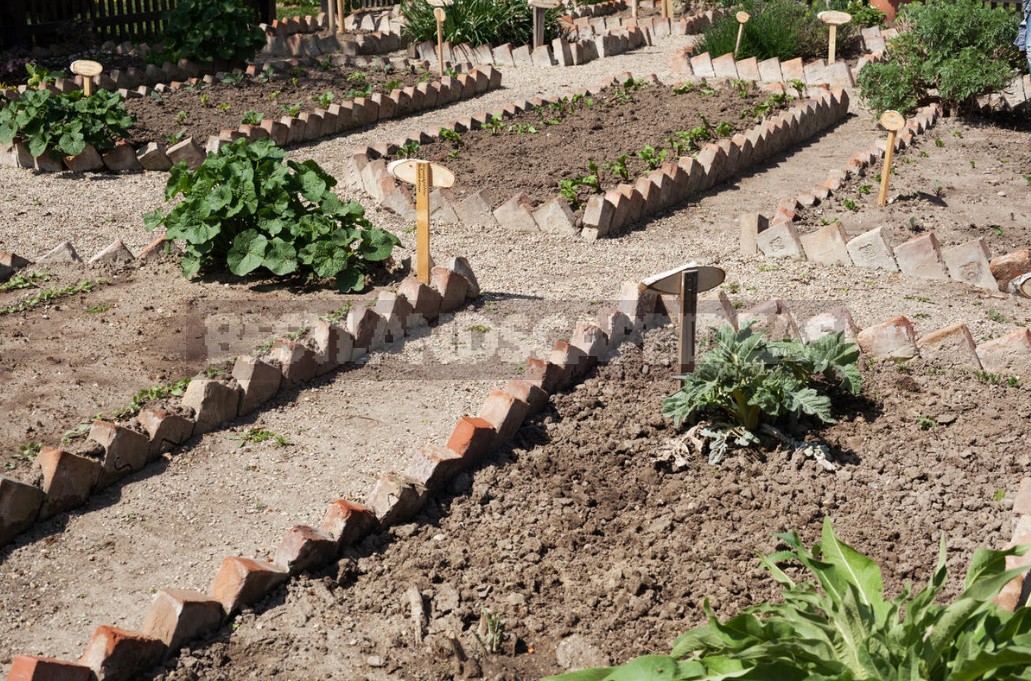
The best border makes it easy to mow all the grass and does not cut the trimmer line. These are, for example, logs and boards. And the perfect border is with a blind area, which allows the lawnmower to mow everything without leaving flaws.
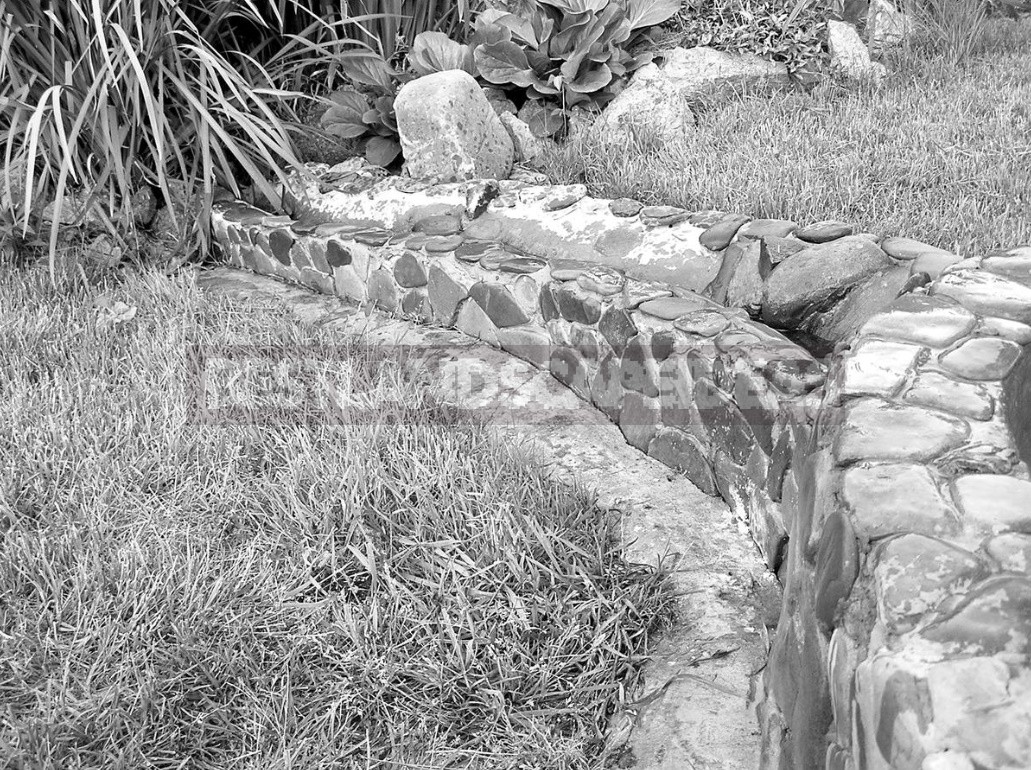
It is worth enclosing everything, up to flower beds and shrubs. Patch — logs and planks, and the beds of the stones. Sometimes they somehow turn themselves into rockeries. Everything that grows outside of the curbs should not worry you: take the mower and mow down. And then you will see how little soil remains that requires time-consuming processing and care!
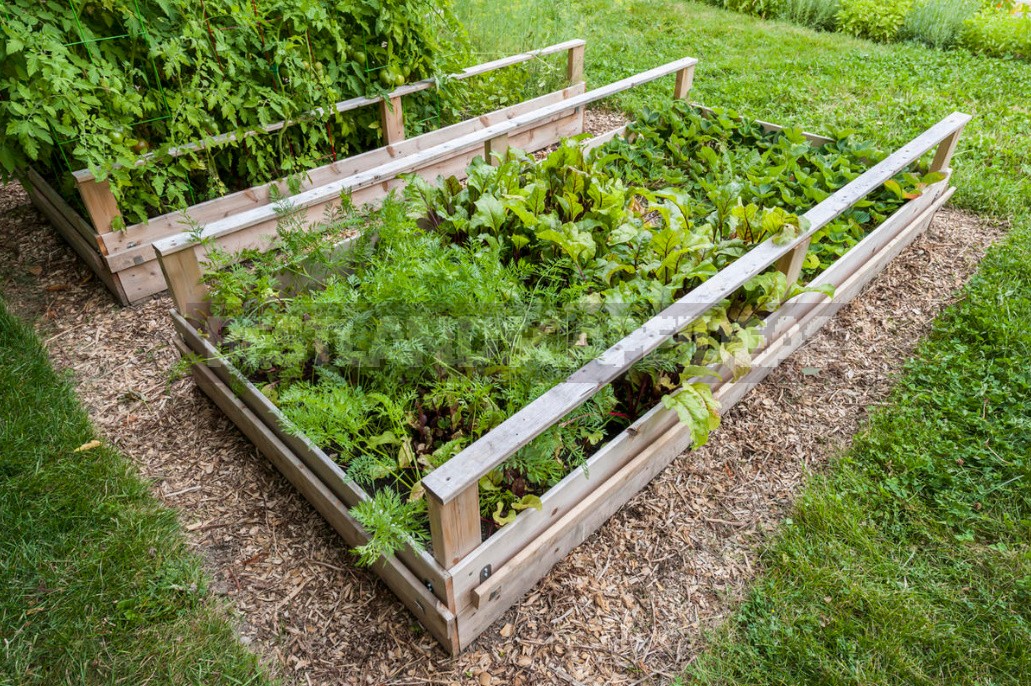
6. Use walls, gazebos, and fences
They are ideal for climbing plants. Only the North and West sides of the building (construction) are not suitable: there will be few flowers and fruits, and diseases-on the contrary.
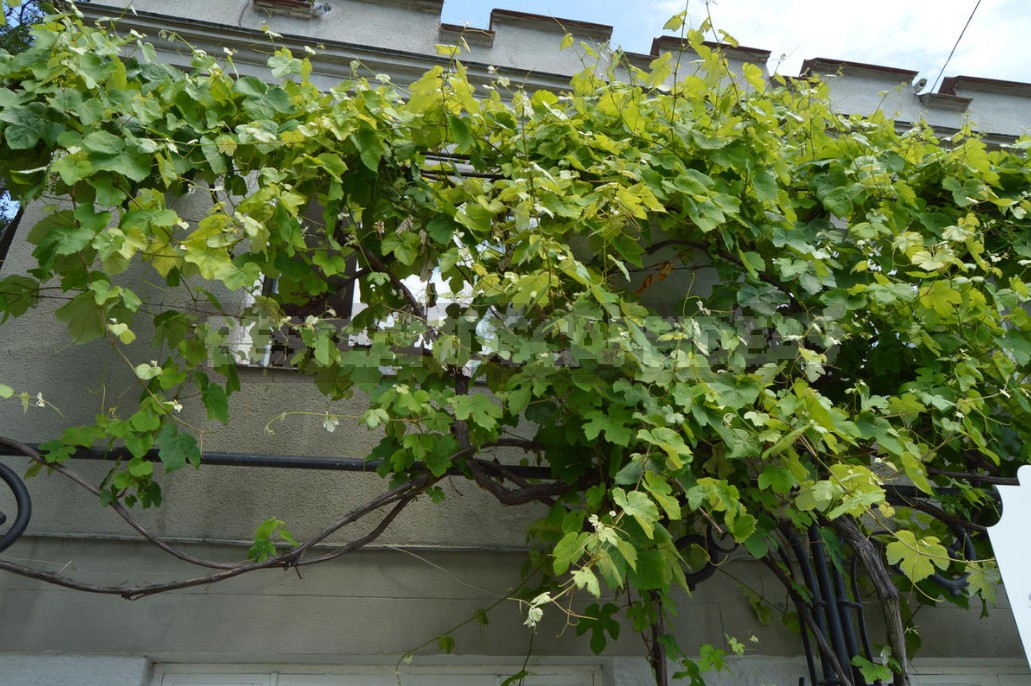
7. Arrange an organic corner
In the shade, as close as possible to both the gate and the beds, make a compost pile and a place for tanks or a bath.
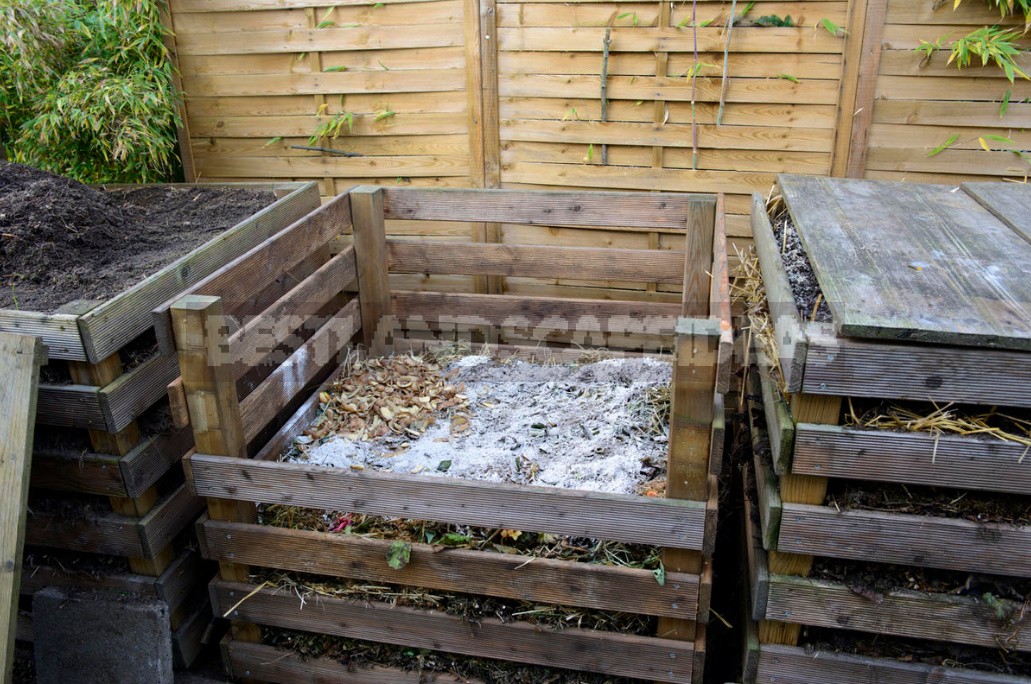
If you plant shrubs around these unsightly objects or put trellises for vines, the garden view will not be affected.
8. Do not waste time on the device tracks and passages
Especially those that come from the house, from the water source and from the corner of organic. Your paths should be equally easy to pass and garden carts, and familiar ladies in stilettos. While you don’t have such convenient paths, you can’t imagine how much energy and nerves are actually taken away by the garden “off-road”! But as soon as they appear, you will immediately notice the difference.
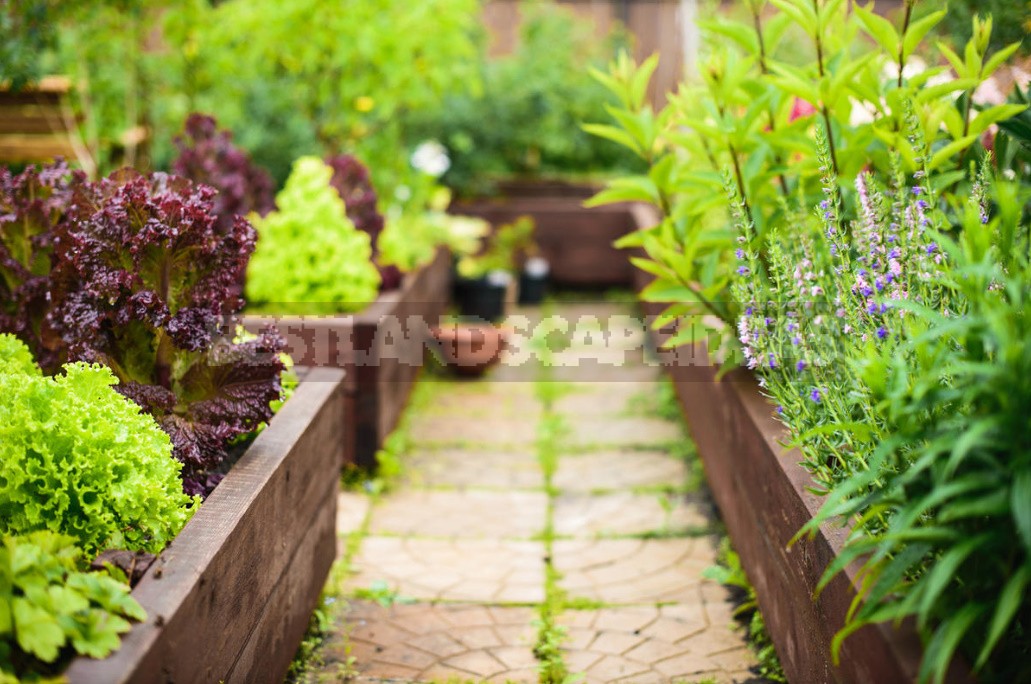
9. Do not spare money for the irrigation device
It is important that it guarantees plenty of moisture and does not take up your time. This will pay off many times.
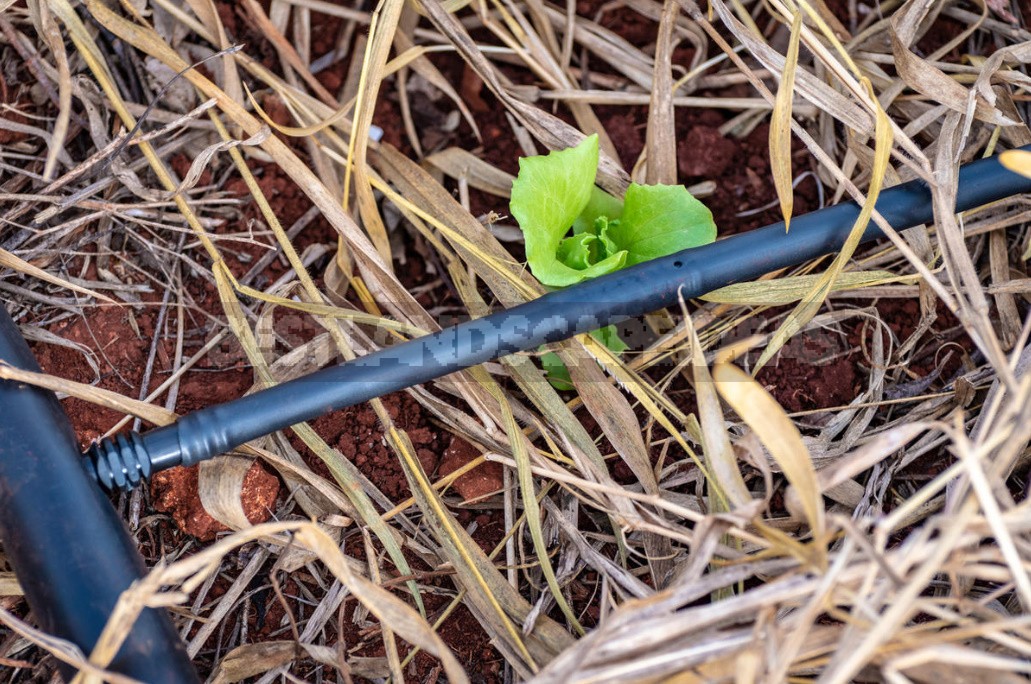
Drip irrigation is very interesting in this regard.
10. Don’t limit yourself to straight lines and right angles
This is the most important thing. If convenience requires it, curve, mow, and round! Use your imagination more boldly. For example, for greenery, perennials and herbs, a permaculture bed in the form of a keyhole is well suited: it is compact and looks like a flowerbed. If you drag hoses or carry a wheelbarrow, a very convenient garden “herringbone”: there are no right angles, so annoying to any pedestrian.
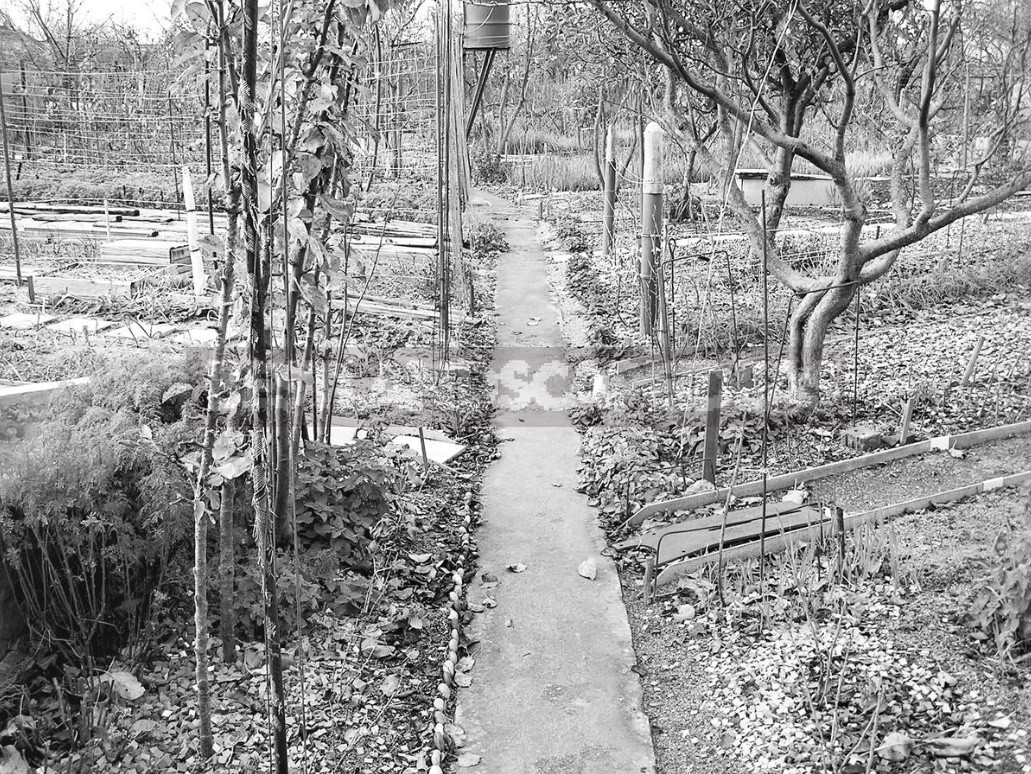
You walk on paths-they seem to drive you. If your beds, laid long before these epiphanies, alas, rectangular, make them at least suitable ways, which should be.
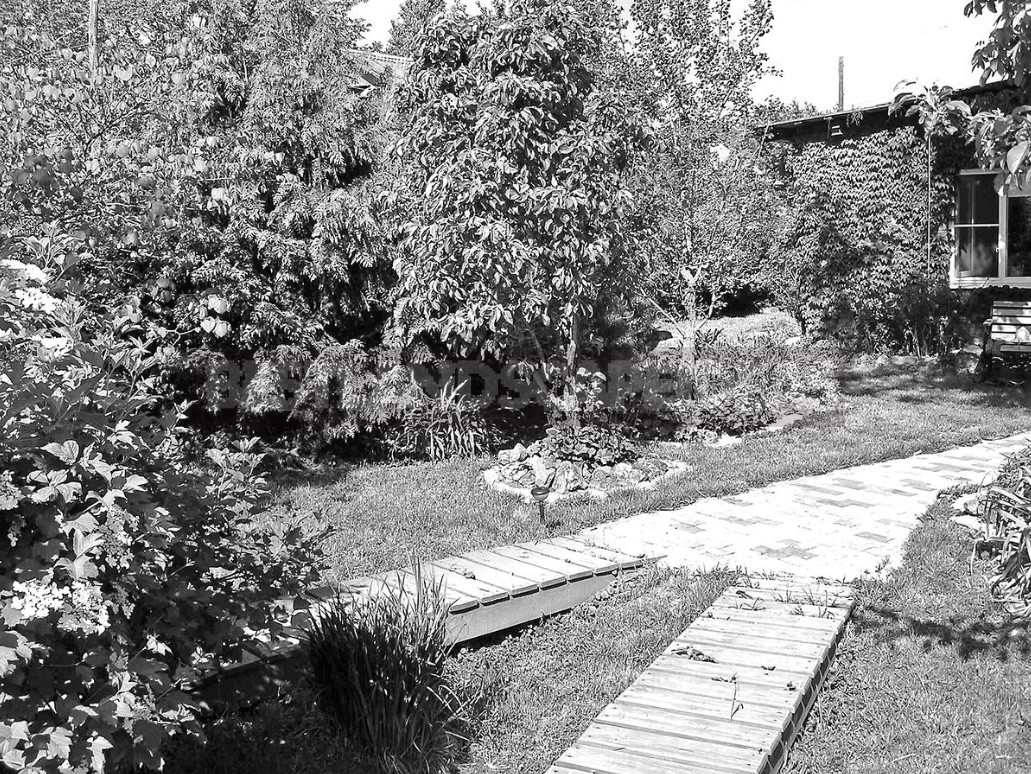
If you are just planning your garden, try to make it as convenient as possible. First, spread out all the shortest paths on the site. And only then, between them, in fact, arrange beds and planting.
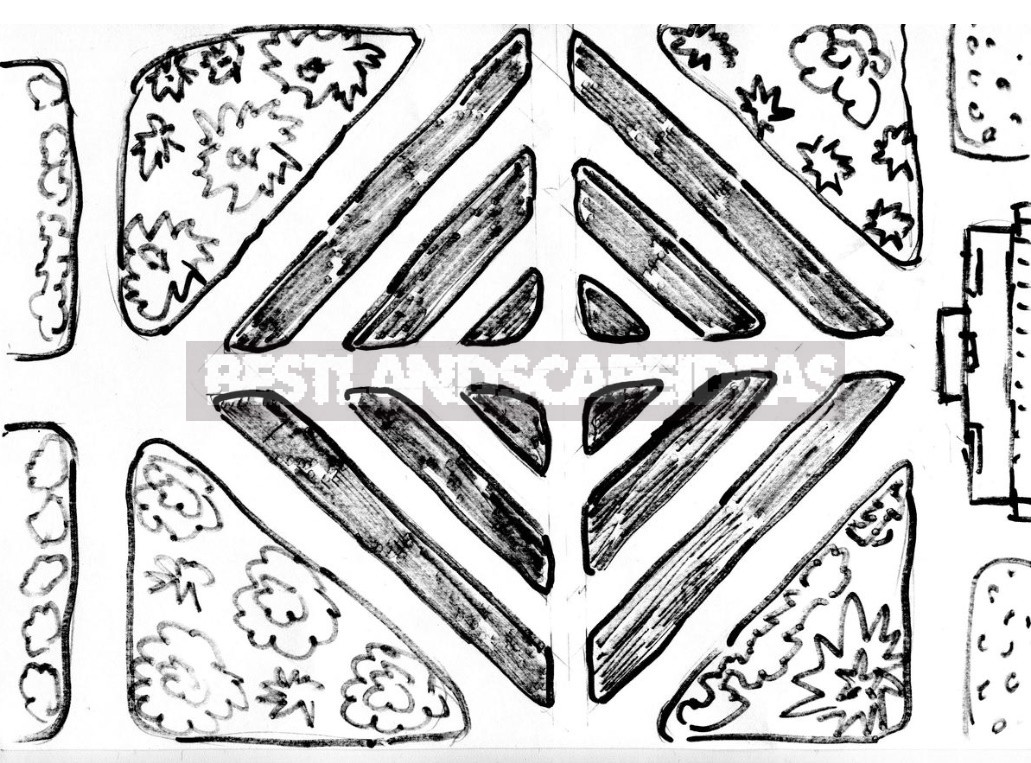
How to plan
So now you have everything to come up with and portray your plan. First, draw the boundaries of your site. And then:
- draw a house and buildings, as well as trees and fences;
- draw their shadow when the sun is in the South. The height of the shadow is equal to half the height of the structure or tree. Shade these shadow zones and remember-you can’t plant vegetables here;
- cut paper strips, rectangles and squares corresponding to the scale of your plan, these will be beds, trenches, pits. The total square footage of them is equal to your calculated one.
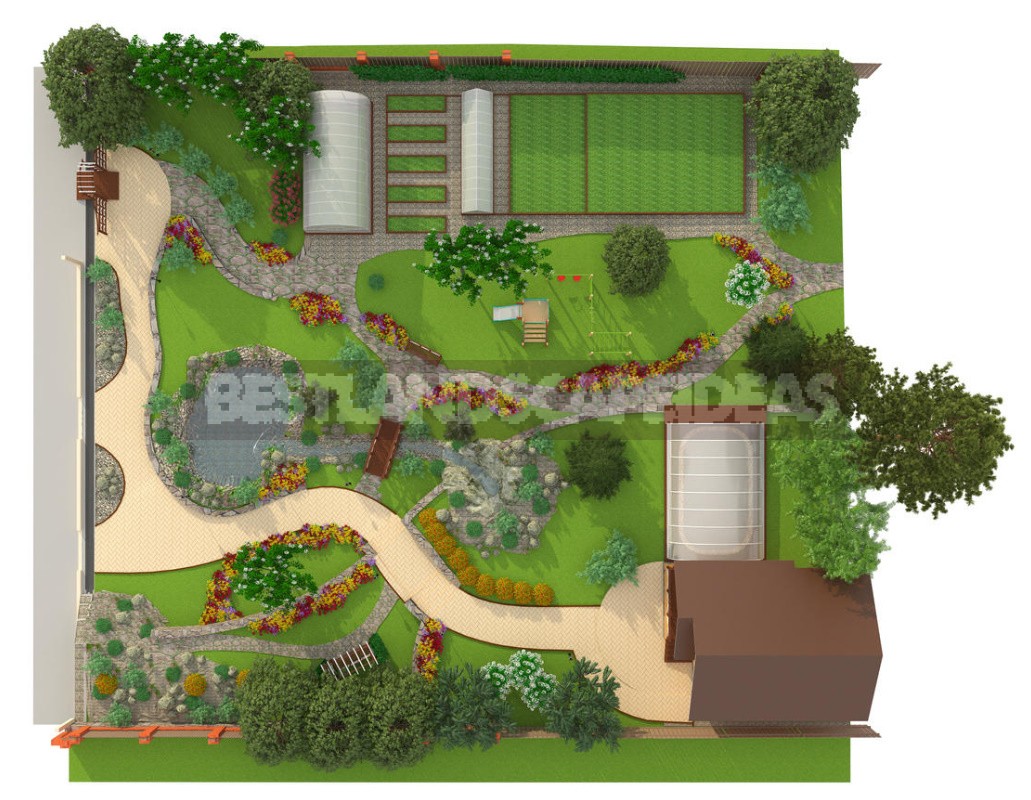
Put the name of a vegetable or two on the clippings if you plant the garden twice in a season. You can make them multicolored – by the color of the fruit, or draw a conditional icon for each crop. And now it remains to spread them out on the site, taking into account the above rules.
Applying such a systematic approach to the device of your site, you will get a convenient, competent and productive garden. It will not force you to bend your back all the time available, so you will have to come up with other, more pleasant suburban Affairs.
